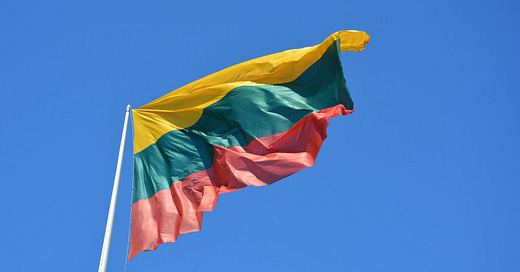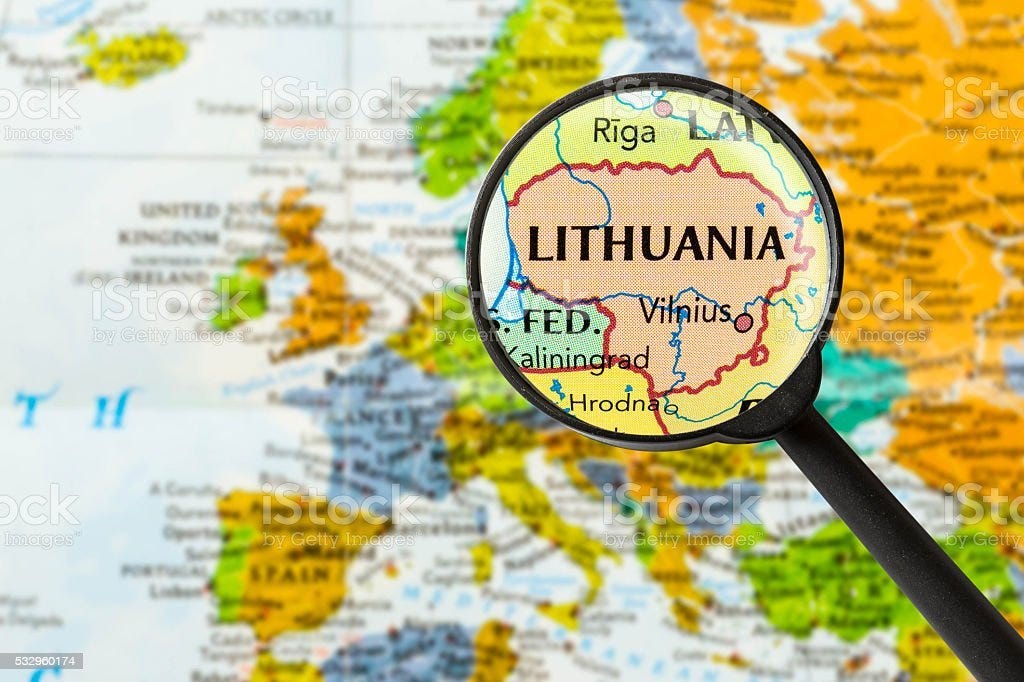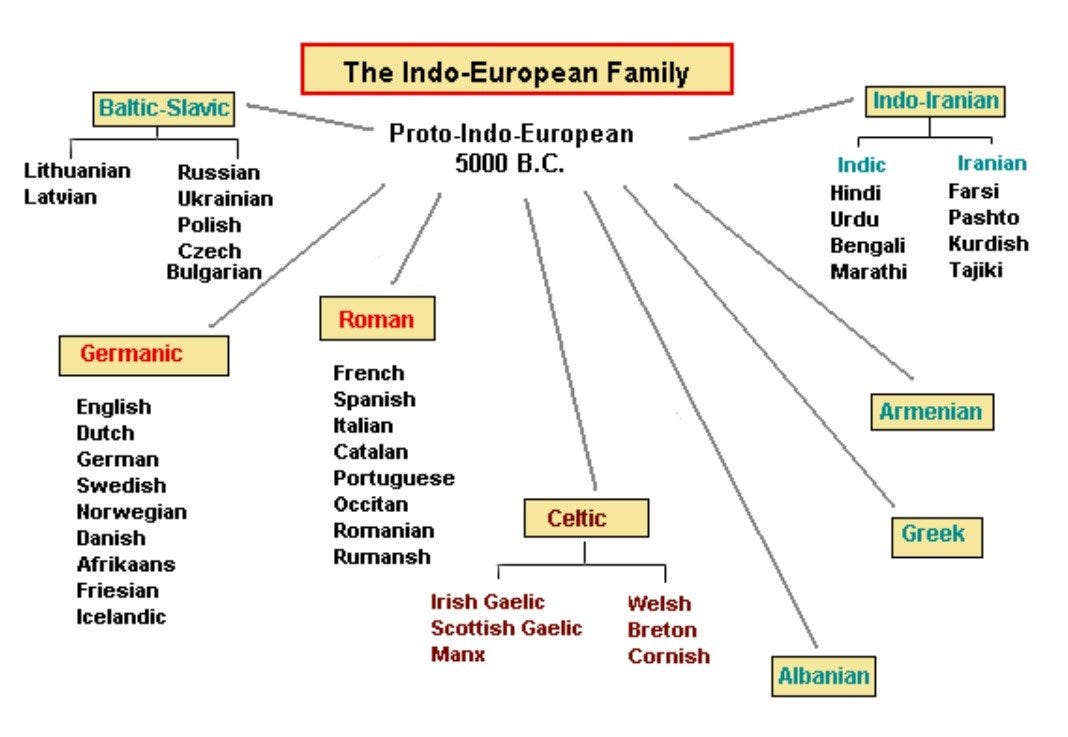Why Does Lithuanian Language Fascinate Linguists?
The story behind one of the most conservative European languages
You might not have heard much about the Lithuanian language. Heck, you might not even have heard about Lithuania itself! No worry, I’m here to fill you in.
The country
Lithuania is a small country situated on the Northern side of Europe. It borders Latvia, Poland, Belarus and Kaliningrad. Around 2.7 million people are living in Lithuania and about 300.000 residing abroad. It’s a parliamentary democracy and most of the people identify themselves as being Catholics. Also, Lithuania is a nature lovers’ paradise. Being part of the Great European Plain, it is not mountainous. Nonetheless, one-third of the country is covered by forests, it has thousands of lakes and is the home to the UNESCO World Heritage site, the Curonian Spit.
The language background
Lithuanian language is an odd one because it retains many structures that scholars attribute to the Proto-Indo-European language (PIE), which is a common ancestor of languages as diverse as Hindi, Persian, Russian, and Spanish. Lithuanian and Latvian languages are considered to be the last surviving Baltic languages. Unfortunately, their last cousin, the Prussian language, went extinct in the XVIII century.
Is Lithuanian something like Russian?
For some reason, it is still not very well known that Lithuanian is a distinct language. Most foreigners think that Lithuanians speak Russian, yet that is incorrect. Some language scholars believe that the Balto-Slavic language group split around 1400 BCE. From then onward the languages continued to develop independently. Furthermore, Russian is written using the Russian alphabet of the Cyrillic script whereas Lithuanian is written in Latin. Also, both languages are not mutually intelligible. Believe me. I have studied Russian for more than 3 years and I still have trouble understanding native speakers.
Why does Lithuanian interest linguists?
Lithuanian language is very conservative, meaning that it retains many features of the ancient Proto-Indo-European language. For this reason, scholars use it to study PIE and some other languages that were derived from it. One such language is Sanskrit. Take a look at the table down below and see if you see any similarities.
Even though the Lithuanian language has changed considerably from how it was spoken in the past, it is changing more slowly than the other Indo-European languages. For this reason, linguists see it as a sort of time capsule, a language that preserves many of the ancient features and provides insights into how Proto-Indo-European might have sounded over 7000 years ago.
Would you like to try to learn Lithuanian? Book a lesson right now and try it out!







